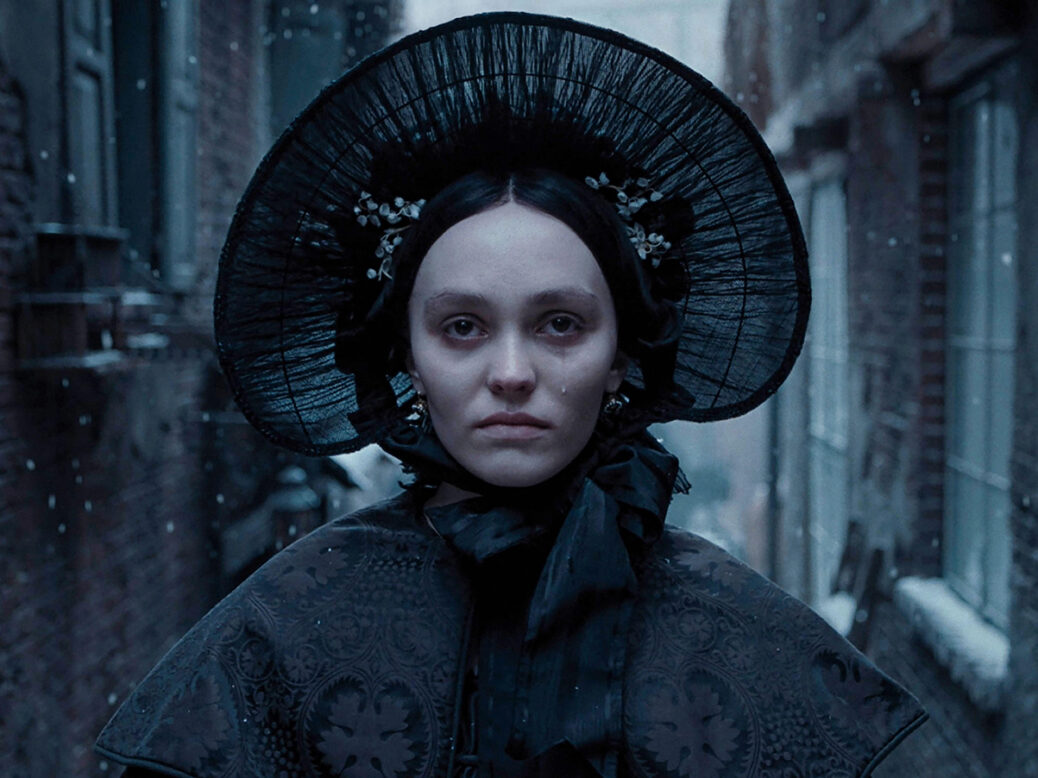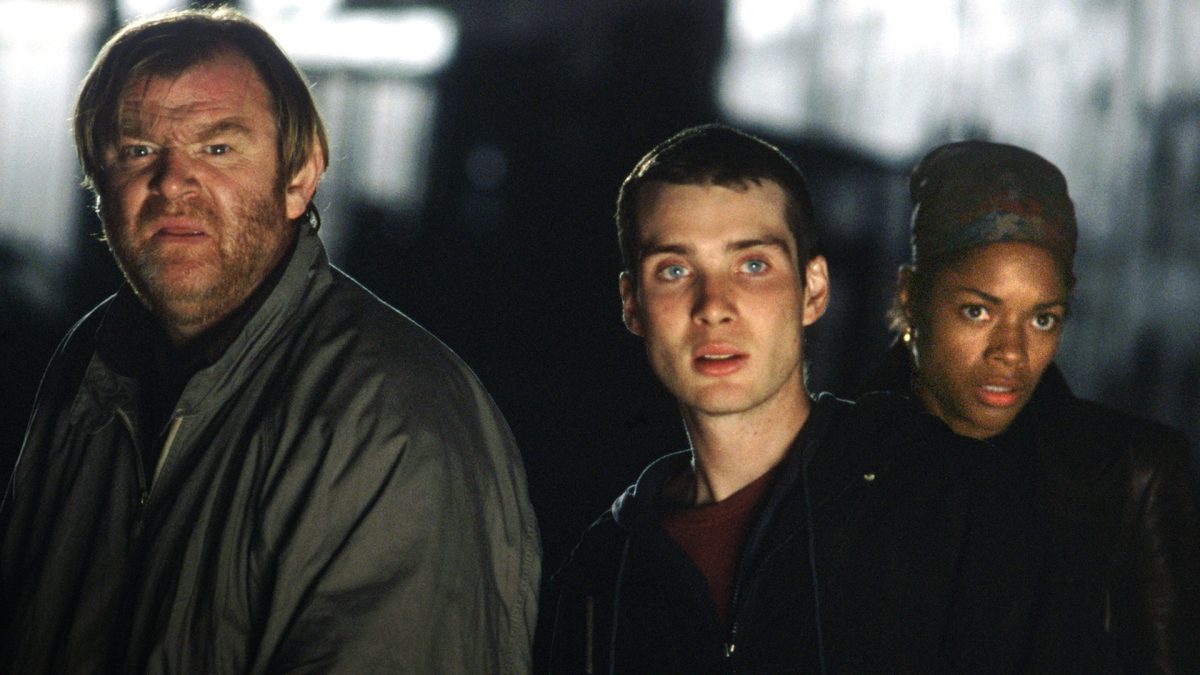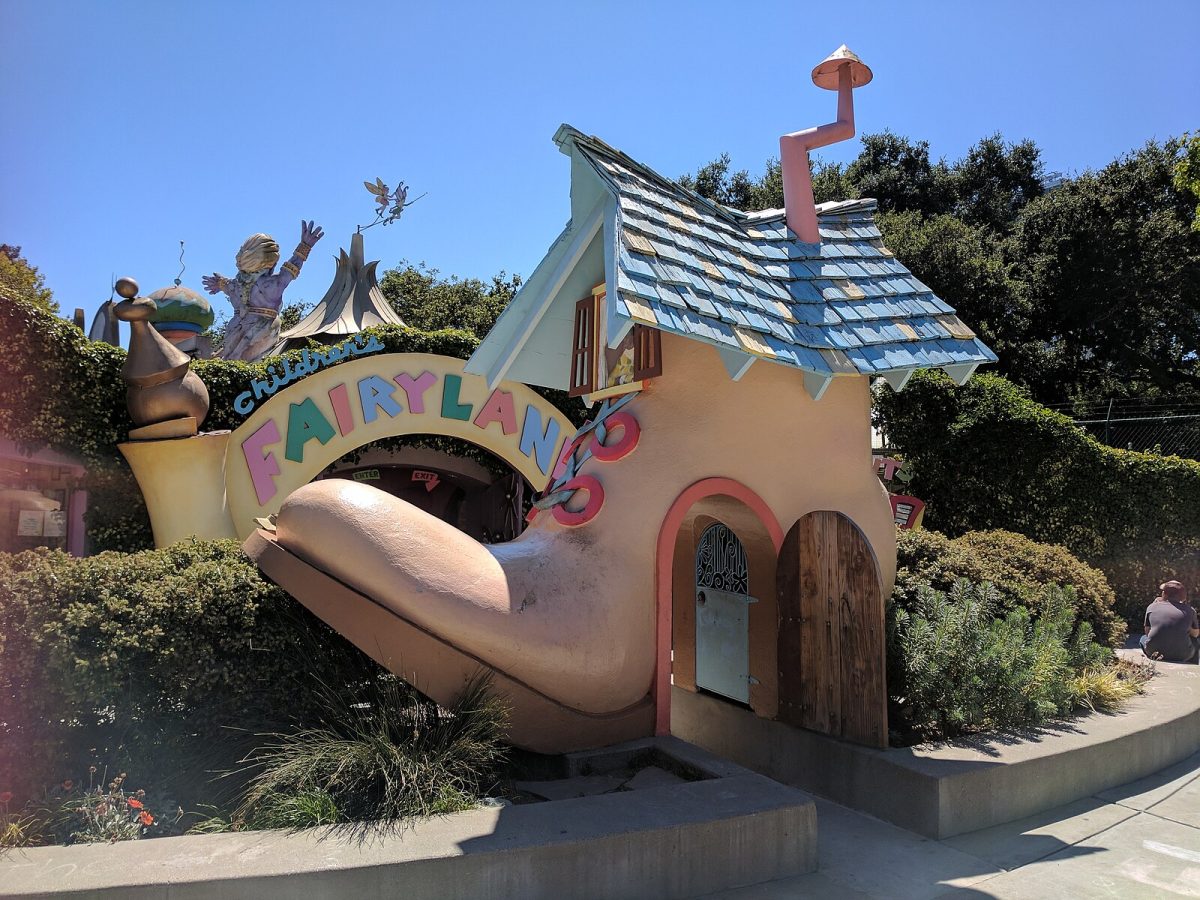Two films from the past year are both adaptations of classic Gothic horror stories: Robert Eggers’ Nosferatu and Guillermo del Toro’s upcoming Frankenstein. With Nosferatu being released last December, the film seemed to spark this year’s resurgence of gothic horror. With the love that Eggers’ film received, many are also anticipating the upcoming release of Frankenstein.
Gothic horror emerged in the 18th century, inspired by revenge tragedy and Romanticism. In 1815, Mount Tambora erupted and caused a cold and dark summer, which inspired several European poets to write ghost stories due to the gloomy period surrounding them.
During this time, Mary Shelley began writing Frankenstein, a novel that has been well-loved over the last two centuries. It includes many themes, such as revenge, parental neglect, and the ethics and responsibilities of one’s creation. Frankenstein creates his monster from scientific ambition, but ends up abandoning his creation. Ms. Early, who has taught Frankenstein in prior O’Dowd English classes, presents a common question: “If we do something with science, do we have a responsibility for what we create?”.
The novel’s theme of creation remains relevant in modern day as society continues to produce scientific innovation. For example, since the creation of AI, we have posed questions about the ethics behind AI use, our obligation to its development, and the possible consequences that could arise in the future. Guillermo del Toro’s upcoming film addresses tragic creation, and we can continue to see how humanity’s inventions can possibly lead to self-destruction.
Furthermore, Robert Eggers’ Nosferatu is the latest adaptation of the original 1922 film by F.W. Murnau. The film tells the tale of estate agent Thomas Hutter traveling to Transylvania to meet Count Orlok; as his wife Ellen stays home and begins to encounter visions of a haunting entity, later revealed to be the vampire Nosferatu. The film was originally an unauthorized adaptation of Dracula, as the filmmakers created a similar vampiric plot based on the novel. The most recent adaptation explores themes of psychological torment through Ellen’s recurring visions, as well as her suppression and isolation in an early 19th-century setting. Similar to Frankenstein, Eggers also shows the conflict between science and the supernatural as the characters begin to fall deeper into despair.
Both films display many true Gothic elements, such as revenge, the supernatural, and obsessive desire, through dark elements. As Frankenstein continues to be read in O’Dowd’s English classes, students study the novel’s many complex themes that are relevant in modern film and media.






